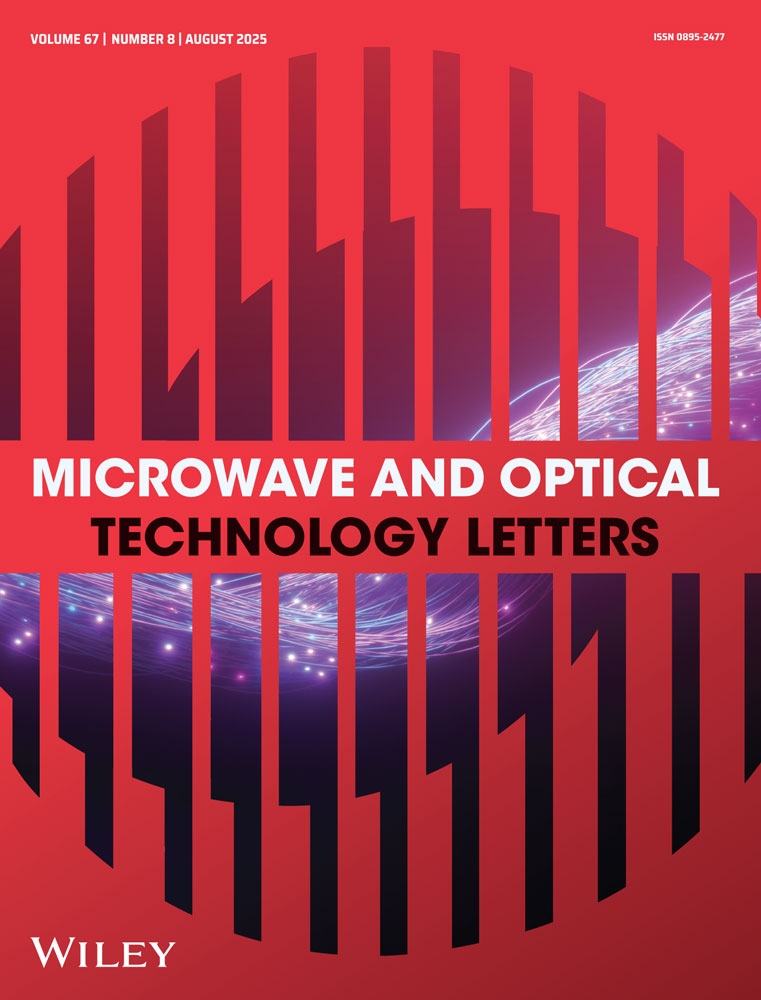Assessment of design procedures of nearly axis-symmetric shaped lens antennas: A comparative study between 2-D and 3-D formulations
Abstract
Shaped integrated lens antennas (ILAs) are attractive for beam-shaping applications at millimeter waves and specific synthesis methodologies have been proposed for their design. The purpose of this paper is two-fold. First, we focus on the particularities associated with the geometrical optics/physical optics (GO/PO) analysis of numerically-specified arbitrarily-shaped ILAs, namely (i) the interpolation procedures of generic 3-D ILAs and (ii) the computation of their surface curvature parameters. In particular, new closed-form expressions of the principal radii of curvature of a curved interface are established. Second, two synthesis procedures, previously implemented for nearly axis-symmetric and arbitrarily-shaped ILAs, are compared and discussed numerically and experimentally. To this end, two ILAs made from Teflon are designed and fabricated, starting from the same radiation specification at 58.5 GHz (the amplitude template is a circularly-symmetric pencil beam). Both prototypes are fed by a 2 × 2 elements microstrip antenna array. The experimental results are in satisfactory agreement with the simulations. © 2007 Wiley Periodicals, Inc. Microwave Opt Technol Lett 49: 615–622, 2007; Published online in Wiley InterScience (www.interscience.wiley.com). DOI 10.1002/mop.22198




